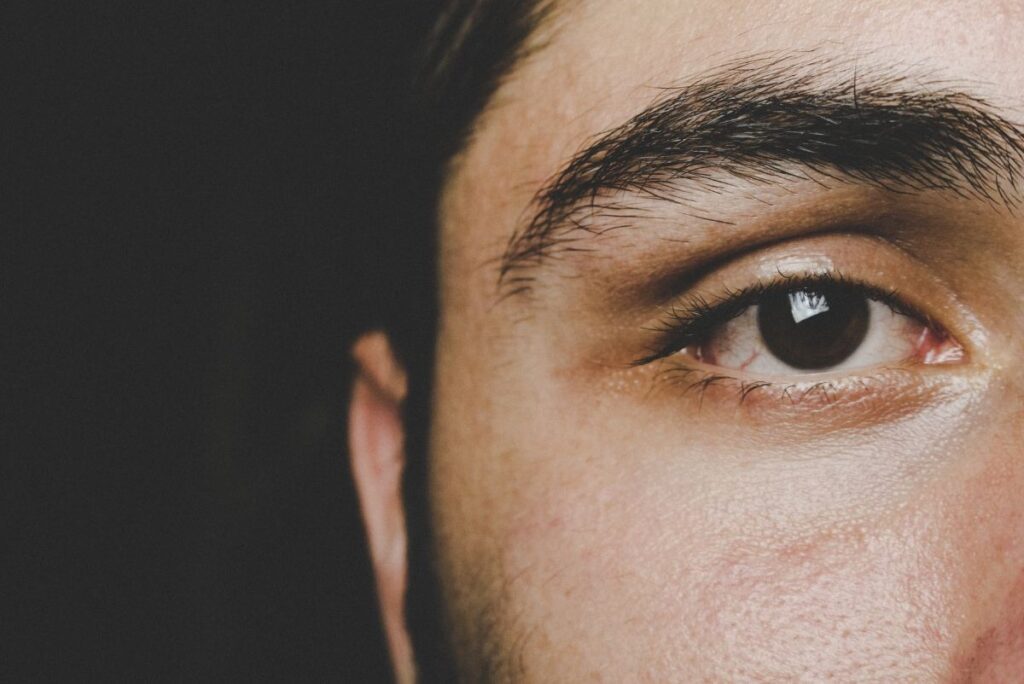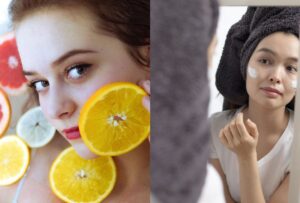Red Eyes, Pain, and Swelling: How to Stay Safe from Monsoon Eye Infections”

Red Eyes, Pain, and Swelling: How to Stay Safe from Monsoon Eye Infections”
The monsoon season brings relief from the heat, but it also increases the risk of eye infections. The combination of high humidity, rainwater, and allergens can create conditions for bacteria and viruses to thrive. People need to be cautious, as common eye infections like conjunctivitis, styes, and keratitis are more likely during this time.
Conjunctivitis
Conjunctivitis, also called pink eye, is an inflammation of the conjunctiva, the thin layer covering the white of the eye and the inner eyelid. It can be caused by bacteria, viruses, or allergies and spreads easily from person to person. A stye appears as a red, painful bump on the edge of the eyelid. It develops due to bacterial infection in the oil gland and can cause swelling and discomfort, often triggered by poor hygiene.
Keratitis
Keratitis is an inflammation of the cornea, the clear front surface of the eye. It can result from bacterial, viral, or fungal infections and may cause redness, pain, and vision problems if left untreated.
Blepharitis
Blepharitis affects the eyelids and is usually linked to bacterial infections, dandruff, or allergies. It can cause itching, redness, and crusting around the eyelashes.
Causes of Eye Infections in Monsoon
High humidity during the monsoon promotes the growth of bacteria and viruses, increasing the risk of infection. Rainwater can carry pollutants and germs, and contact with contaminated water can lead to eye problems.
Touching the eyes with unwashed hands or poor hygiene habits also spreads infections. The season can bring airborne allergens like pollen, mold, and dust, which may irritate eyes and trigger conditions such as conjunctivitis.
Contact lens users face additional risks, as improper handling or prolonged use can allow bacteria to accumulate on lenses. Sharing personal items like towels, handkerchiefs, or eye makeup can further spread infections.
How to Protect Your Eyes
Maintaining personal hygiene is one of the most effective ways to prevent eye infections. Washing hands regularly and avoiding touching the eyes can reduce the risk of spreading germs.
Keeping your surroundings clean helps reduce allergens and dust that may irritate the eyes. Avoid sharing personal items like towels, handkerchiefs, or makeup during the monsoon season to limit the spread of infections.
Crowded places can increase the chance of catching infections. Staying away from crowded areas during peak monsoon periods can help protect the eyes.
A balanced diet with nutrients like vitamin A supports eye health and strengthens the body’s natural defenses against infections. Green leafy vegetables, carrots, and citrus fruits are good options.
Staying indoors during heavy rain can reduce exposure to waterborne bacteria. Protective eyewear, such as sunglasses, can shield the eyes from dust, rain, and debris when outside.
If signs of conjunctivitis appear, it is important to seek medical attention promptly. Until then, taking precautions like keeping the eyes clean and avoiding irritants can help manage the condition and prevent it from spreading.












